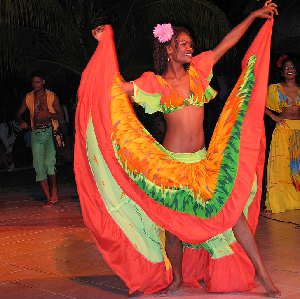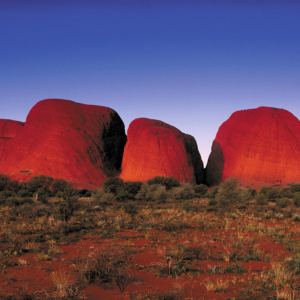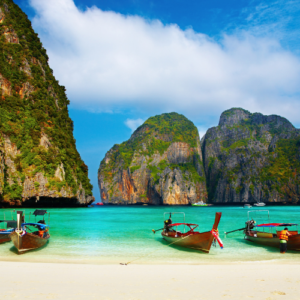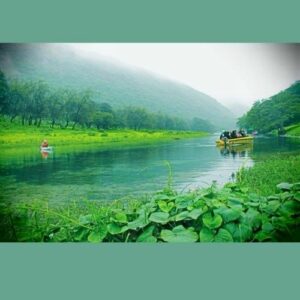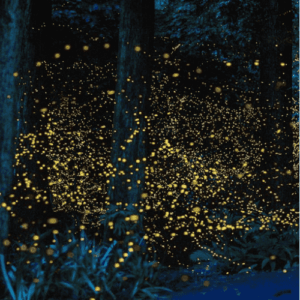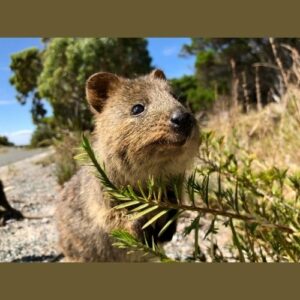Sega in the Mascarene Islands
With the arrival of white settlers, sega was nurtured by the festive music of Paris dances in the 19th century, the Parisian quadrilles danced by plantation owners and their families. We can therefore think that the sega is a fusion or a mixture of several peoples, slaves or migrants who came to the Mascarene Islands and the Indian Ocean.
Far from their country of origin, slaves from different countries met. They did not speak the same language, did not have the same customs, nor the same music, but that did not prevent them from communicating through dance and song. Then one thing leading to another, the Creole language appeared, with the natives and the French language, a dialect of French origin which has not finished evolving, has melted into the music and a new form of séga has reappeared. As early as 1768, travelers returning from Mauritius spoke of slave singing and dancing. Bernardin de Saint-Pierre spoke of the slaves’ passion for music and the soft harmony of unknown instruments to match the songs with all the love themes present.
Milbert, in 1803, spoke of dance steps and sensual women. They all speak of “chéga” or “tchéga” which will later become séga. The word séga comes from the east coast of Africa. In Mozambique, tchega refers to a dance very close to the Spanish fandango. The Swahili word sega designates the act of rolling up one’s clothes, a typical gesture of sega dancers. We call ségatier the player or the singer of séga.
More on : https://fr.wikipedia.org/wiki/S%C3%A9ga
#tourismer #sustainabletourism #responsibletourism #indianocean #Mascarene
— INDIAN OCEAN TRAVEL by TOURISMER (@TourismerTravel) July 22, 2023
the Sega is a fusion or a mixture of several peoples, slaves or migrants who came to the Mascarene Islands and the Indian Ocean.https://t.co/LcyGDFdJE0 pic.twitter.com/nMjE5RYE9T
